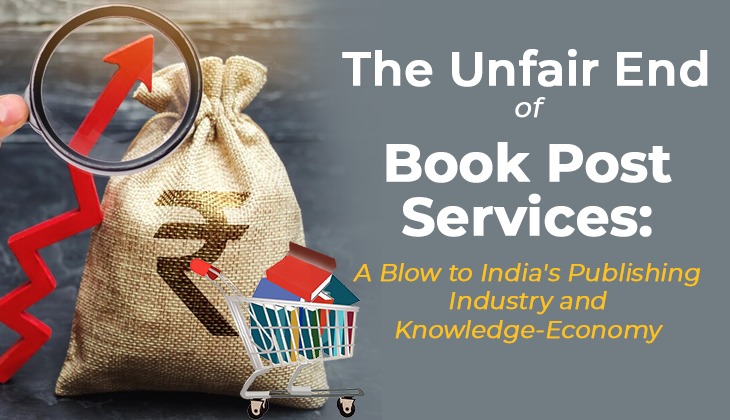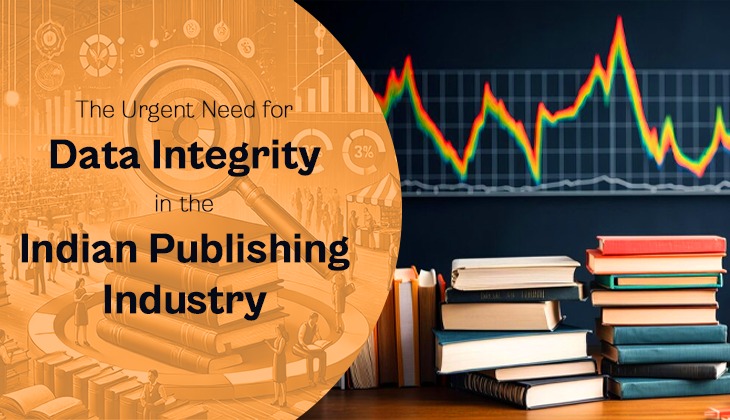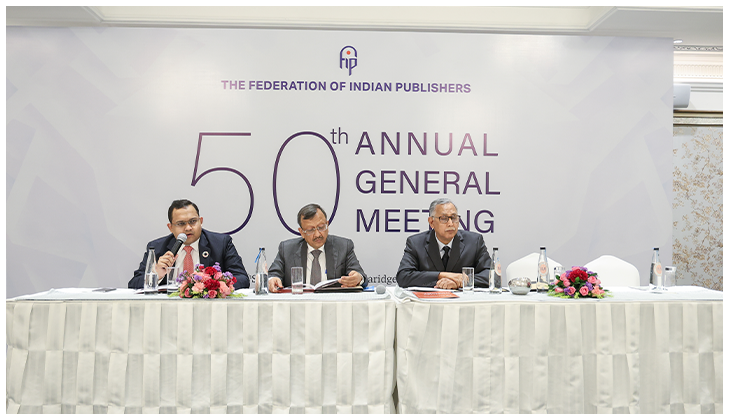Rapid changes in technology mean educational publishers need to adapt fast and provide students with the most updated source of learning. It’s time we put the traditional textbook with a tablet.
Why this change publishers might think!
Although traditional textbooks have provided students with curriculum learning and educational publishers have been at the forefront of this situation. However, it is becoming quite clear that in front of digital alternatives, textbooks may not be the most effective way to impart learning. The issue lies in the new needs of educators in wanting to adapt and offering students that are more interactive and flexible.
As a member of the Federation Of Indian Publishers, I believe that this transition into digital products is extremely crucial to fall in line with the future vision of new-age learning. I understand that this is a complex and sophisticated process, and would possibly change the whole business model. Uncertainty in the future of fast-evolving digital products offers a new, exciting opportunity to produce digital-only products.
This new vision of publishers doesn’t have to be relegated to eBooks, because in recent years some EdTech companies have provided schools with more than just digital textbooks. If publishers have to start matching up with the pace of EdTech, we have to start thinking about audio and video content for students that can enhance learning in classrooms and improve student learning outcomes.
Rather than seeing each other competitors, Edtech companies and publishers need to collaborate for the success of e-learning. Combining the knowledge and expertise of these two parties can enhance the learning experience of students. Publishers specialise in bringing content to life in engaging routes and EdTech provides digital solutions that take the content and distribute it in advanced methods.
Marrying these two would mean, aiding the way teachers and students interact with each other and the content of textbooks. Sharing each other’s knowledge and market expertise will lead to the creation of solutions for all parties involved- publishers, teachers, students- can benefit from and this is the ultimate goal.
Rapid changes in technology mean educational publishers need to adapt fast and provide students with the most updated source of learning. It’s time we put the traditional textbook with a tablet.
Why this change publishers might think!



